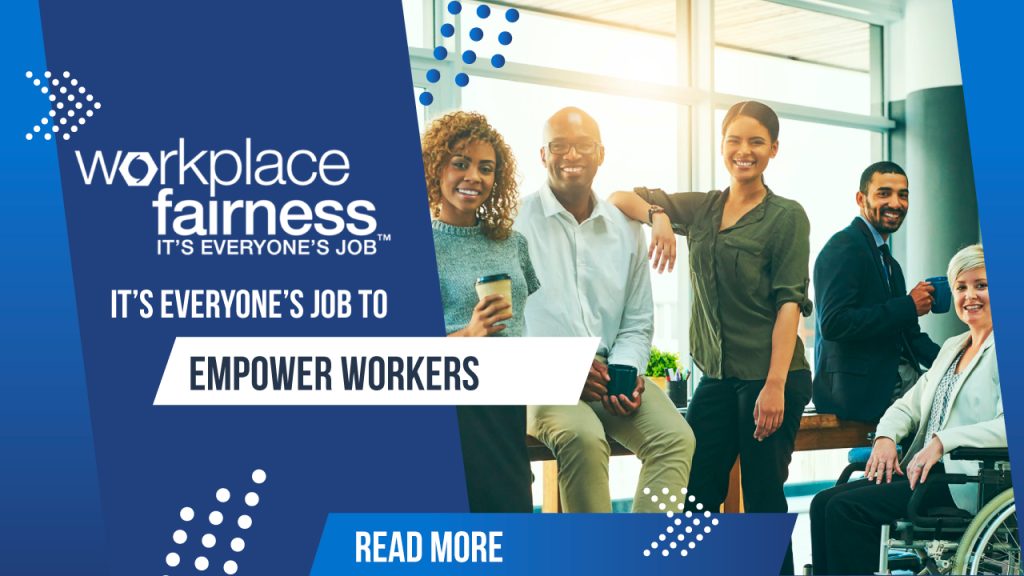Is the challenge you’re currently facing at work a puzzle or mystery? Think about it.
When asked myself this question, I decided this was the most provocative insight I’d heard in a very long time. A distinction that can have a profound impact on how you approach your job and the results that you can expect from it. Unfortunately, most of us fail make this distinction.
First, let me give props to the person who introduced this unique way of addressing challenges, Malcolm Gladwell. In turn, he credits national security expert, Gregory Treverton.
In short, a puzzle can be figured out if you just assemble enough pieces. A mystery lacks “pieces” and it involves a totally different thought process to address.
First, let me give a non-workplace example of each. A puzzle would be trying to find Osama bin Laden. His location could be determined if we only had enough clues. On the other hand, what would happen once the U.S. invaded Iraq is more of a mystery. That outcome was more about guessing than piecing together a puzzle.
The key to me, is that a puzzle is mostly about the left side of your brain. It’s a logical process of collecting data. Get enough data points and you’ll be home free. On the other hand, solutions to a mystery live on the right side of your brain. The artistic, creative and non-logical side. Solving a mystery usually takes leaps of faith and judgment.
Hopefully by now you see the distinction between these two ideas. But what the heck does this have to do with work? Plenty.
Take a poor performing employee. Often we view this as a mystery. They’re getting paid, so it’s a mystery as to why they aren’t performing. To me this is a classic case of a puzzle. Often, when you dig deeper you can see why an employee is not performing. Maybe it’s because they are having problems at home. Maybe they are in the wrong job. Or maybe it’s their manager who is setting them up to fail.
Now let’s take a problem that most of us would see as a puzzle, our customers. If we only have enough focus groups and data we could predict how our customers will react in almost any situation. In fact, economics has a huge number of formulas and ratios that “explain” exactly why we all behave the way we do. There is only one problem, most consumers that I’ve met are anything but rational. We make decisions on whims, poor data and impulse. Calling customers rational might be the biggest oxymoronic statement in business.
Each of us was born with two sides of our brains. Yet, many us tend to use only one side at work. The best part of the puzzle vs. mystery framework is that it forces us to think about the challenge we’re facing and to apply all of our firepower to solving it. So take a hard look at your next challenge and decide whether it is a puzzle or a mystery. And then, and this is the important part, assign it to the correct part of your brain to tackle.
QUOTE:
“It’s not what you are that holds you back, it’s what you think you are not.” —Denis Waitley
About the Author: Bob Rosner is a best-selling author, award-winning journalist and contributor to On The Money. He has been called “Dilbert with a solution.” Check out the free resources available at workplace911.com. You can contact Bob via bob@workplace911.com.




